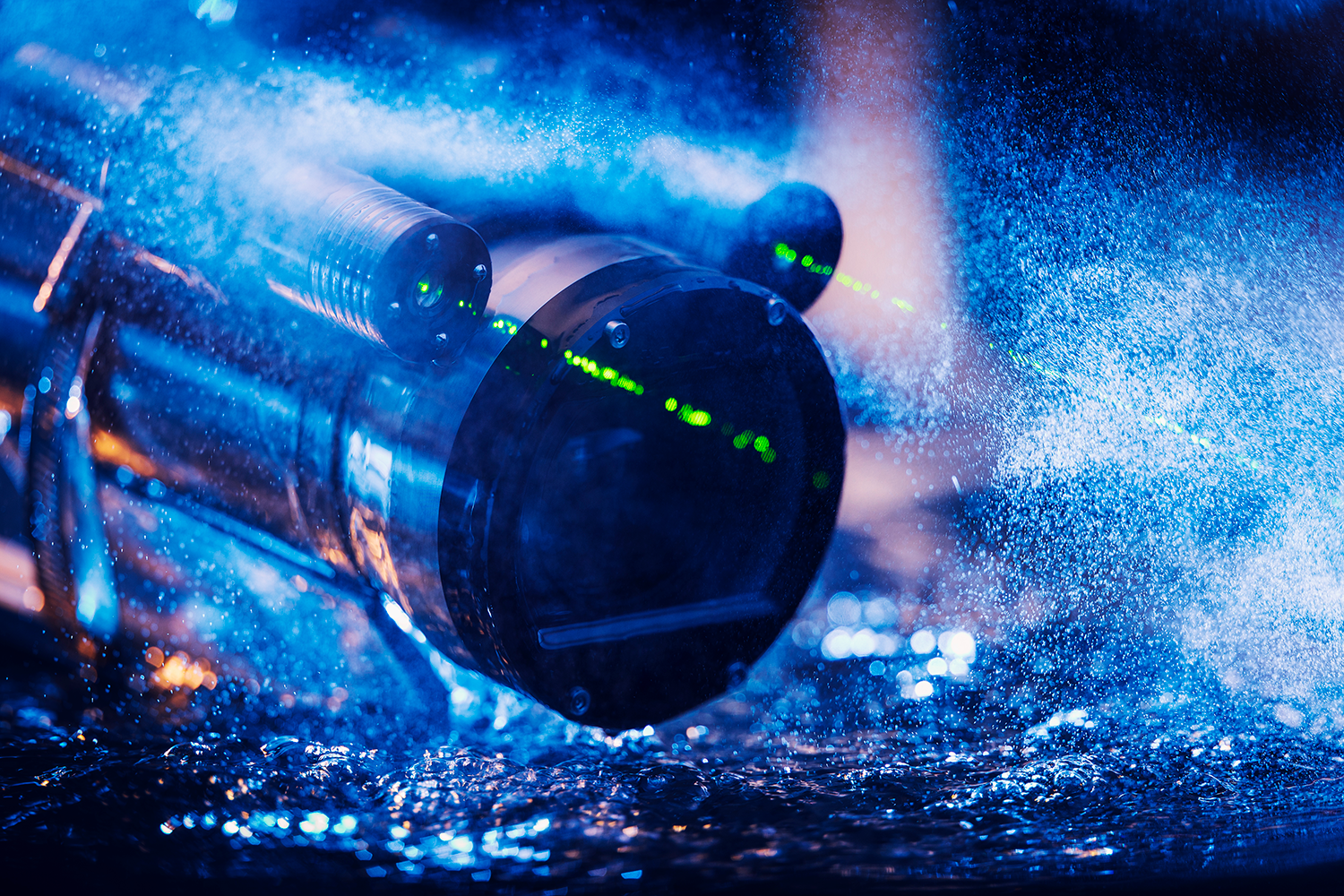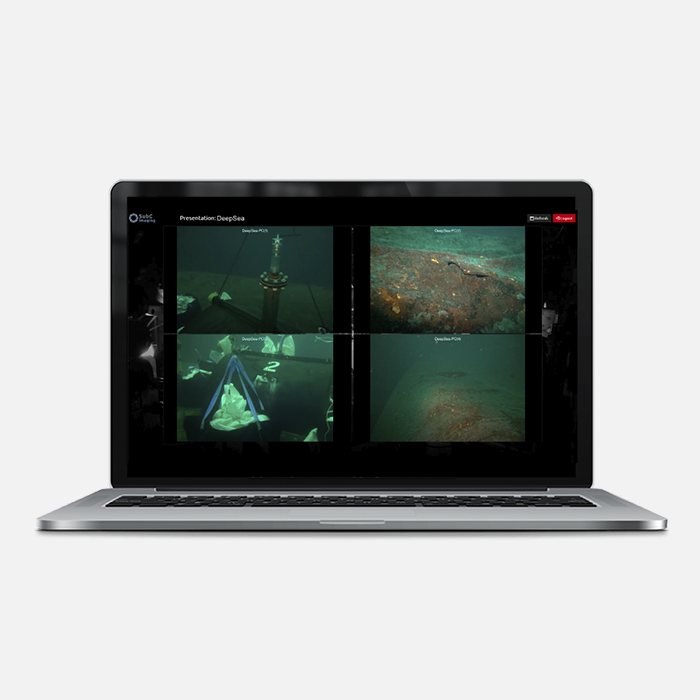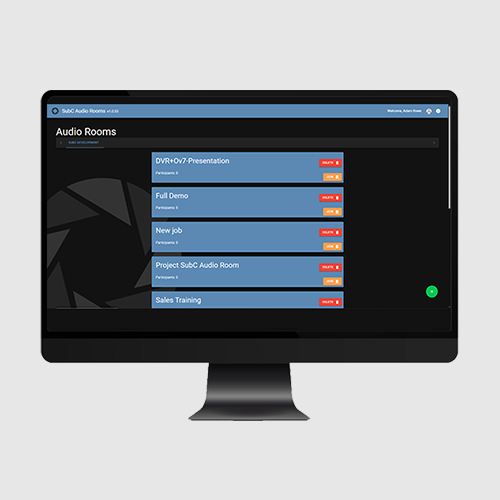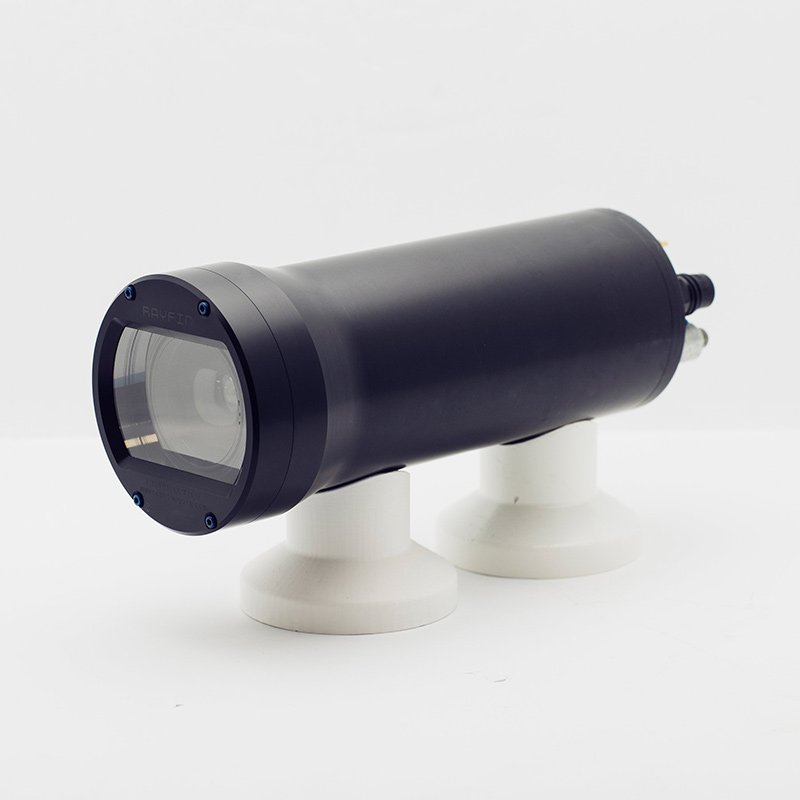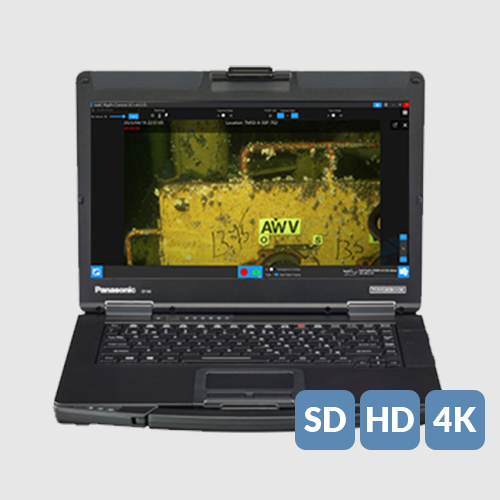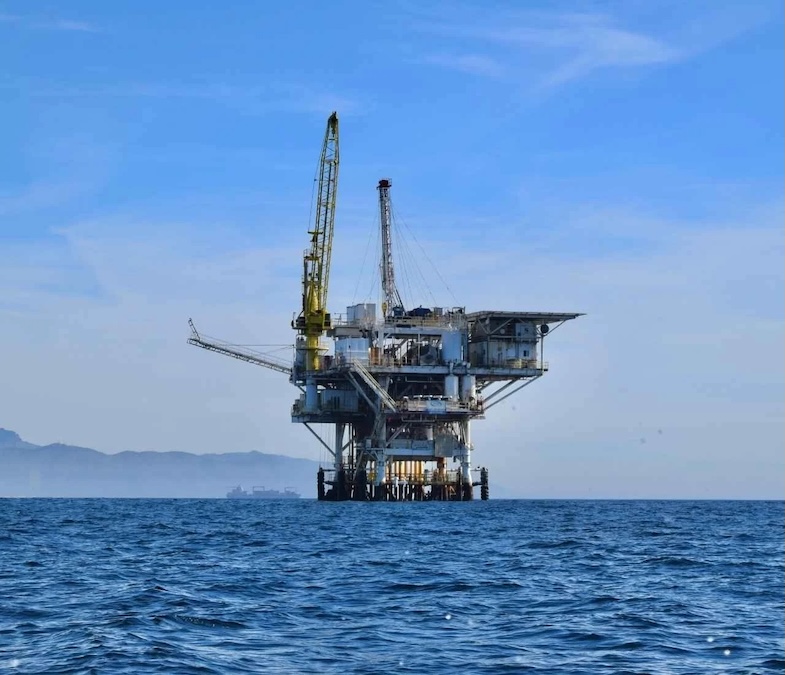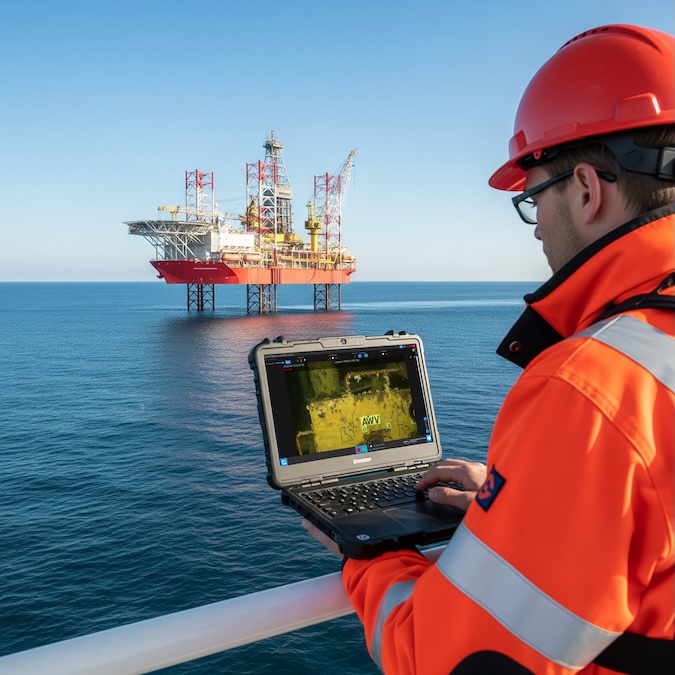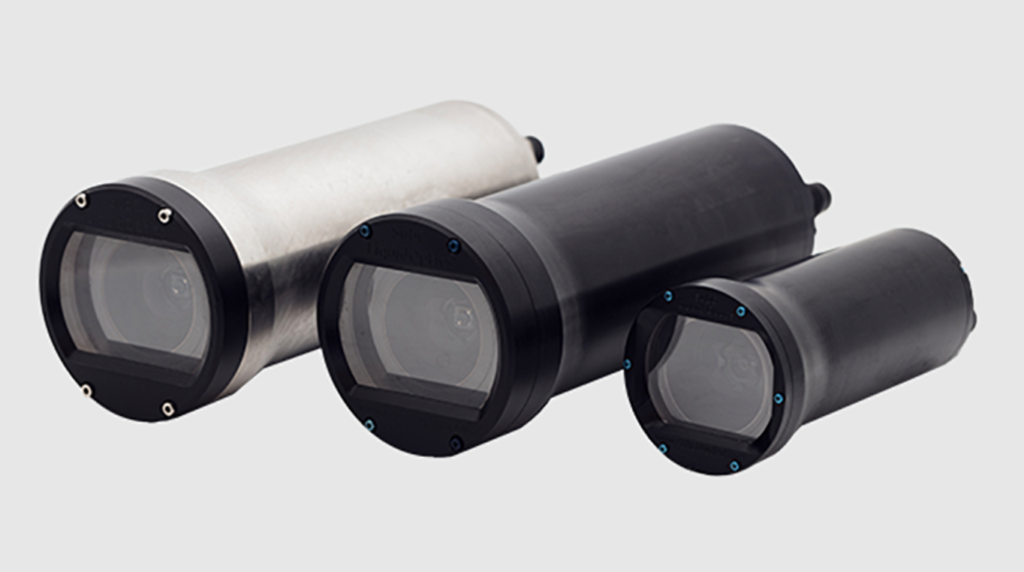SubC Imaging explores how advances in autonomous and programmable subsea camera systems are reshaping oceanographic research.
These technologies enable extended, data-rich underwater observations without the need for continuous human oversight, providing scientists with new ways to study marine ecosystems over long timescales and in remote locations.
Unveiling Secrets & Unleashing Independence
Autonomous subsea cameras enable researchers to study environmental and biological changes in deep or remote regions by capturing consistent visual and data records that reveal habitat development, species behavior, and ecosystem responses. With integrated processing, control software, and power systems, they function independently for long-term data collection in areas inaccessible to human observation.
Programmable Precision and Control
Modern subsea imaging systems are increasingly programmable, allowing parameters such as image frequency, exposure, and lighting to be customized for each mission. Through scripting, researchers can automate simple or complex capture sequences, ranging from periodic stills to alternating light and video cycles, tailoring data collection to specific research goals.
Sustained Power for Long-Term Missions
Efficient power management is essential for autonomous deployments. High-capacity lithium-ion modules, such as SubC Imaging’s Battery 259, provide long-duration energy with built-in safety protections against overcharge, discharge, and short circuits. Certified under UN38.3 transport standards, the module supports reliable, extended operations in challenging subsea environments.
Extended Deployments with Hibernation Hardware
Some autonomous systems incorporate hibernation functions, allowing cameras to enter a low-power state between imaging cycles. This feature enables long-term time-lapse studies of gradual processes, such as coral growth or sediment changes, while preserving battery life and data integrity throughout deployment.
Flexible Deployment and Integrated Sensing
Autonomous camera systems can be integrated into multiple platforms, including Autonomous Underwater Vessels (AUVs), moorings, and landers, adapting to a wide range of marine research applications. When paired with environmental sensors that record parameters such as depth, temperature, and salinity, these systems provide context-rich datasets that link visual and physical observations.
Flexible Deployment Options
Autonomous camera systems can be installed across multiple platforms, adapting to various research applications. They may be mounted on AUVs for systematic surveys, integrated into moorings and observatories for stationary monitoring, or used in drop-frame and lander configurations for deep-sea deployments.
- AUVs: AUV-mounted cameras capture structured datasets across large spatial areas.
- Drop Systems: Lowered through the water column to collect imagery from surface to seabed, enabling vertical profiling.
- Baited Landers: Attract and document interactions among a diverse range of marine species.
- Unbaited Landers: Document natural environments without introducing attractants, supporting unbiased ecological observation.
SubC Imaging highlights how autonomous and programmable camera technologies are enhancing the scope and precision of marine research. By enabling sustained, independent observation of underwater environments, these systems are helping scientists document the ocean’s complex dynamics with greater clarity and continuity than ever before.









